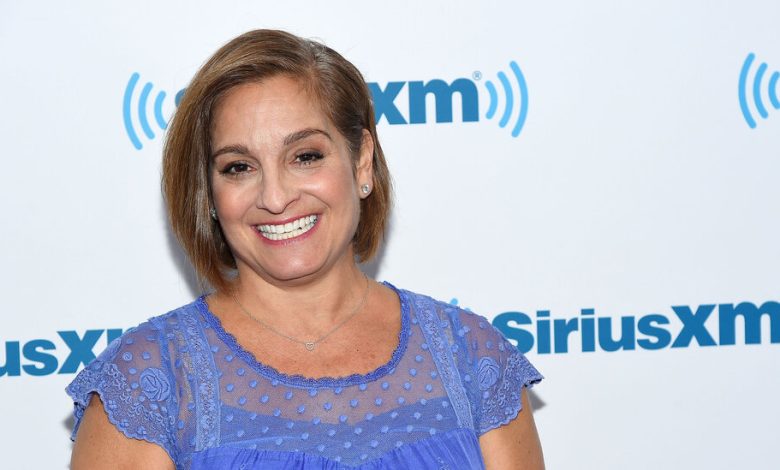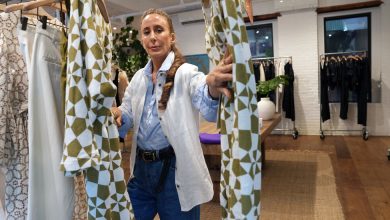Mary Lou Retton Crowdfunded Her Medical Debt, Like Many Thousands of Others

When Mary Lou Retton, the decorated Olympic gymnast, accrued medical debt from a lengthy hospital stay, her family did what countless Americans have done before them: turned to crowdfunding to cover the bills.
On Tuesday, Ms. Retton’s daughter started a fund-raising campaign on social media for her mother, who she said was hospitalized with a rare pneumonia.
“We ask that if you could help in any way, that 1) you PRAY! and 2) if you could help us with finances for the hospital bill,” McKenna Kelley, Ms. Retton’s daughter, wrote in a post on Spotfund, a crowdfunding platform similar to GoFundMe.
The public swiftly responded, with thousands donating $350,000 in less than two days, shattering the goal of $50,000.
The United States has the highest health care prices in the world. Each year, a quarter of a million Americans start crowdfunding campaigns to pay medical bills. The Spotfund post for Ms. Retton, 55, did not share many details about her costs but noted that she did not have health insurance. (When another one of Ms. Retton’s daughters, Shayla Kelley Schrepfer, was reached by text, she did not respond to a question about why her mother was uninsured.)
Unlike Ms. Retton, most patients do not meet their fund-raising goals. About 16 percent of the time, studies have found, crowdfunding campaigns generate no donations at all.
About half of Americans report difficulty paying their medical bills, according to a 2022 Kaiser Family Foundation survey. The problem tends to be particularly acute among the 27.5 million Americans who do not have health insurance.
Most uninsured Americans have low incomes and about two-thirds say they cannot afford to buy coverage. Some earn slightly too much for Obamacare’s subsidies or say that, even with the financial assistance, the premiums are still too expensive.
Last year, Nora Kenworthy, an associate professor at the University of Washington Bothell, published the largest study to date of medical crowdfunding, which analyzed nearly a half-million GoFundMe campaigns. Her work showed that the typical fund-raiser generates about $1,970, falling far short of the $5,000 to $10,000 patients are typically seeking. The most successful campaign in her data set raised $2.4 million, but such high numbers were rare. Fewer than 12 percent of campaigns met their goals.
“What is concealed in viral campaigns like this one is that the vast majority of crowdfunding efforts earn much smaller amounts of money,” Dr. Kenworthy said. “As competition in this marketplace expands, the rates of success are being driven lower.”
GoFundMe offers tips on how to make campaigns successful, suggesting that campaigns include “high-quality images” of the person in need and that they share “the financial, physical, and emotional troubles” that patients are experiencing.
A growing body of research, however, suggests that much of a crowdfunding campaign’s success boils down to factors outside a patient’s control, including race and income, and that crowdfunding often directs resources to those who need them the least.
A 2022 study of cancer patients’ fund-raisers found that those run by patients in poor neighborhoods tended to raise the least money, leading the authors to conclude that “online crowdfunding may exacerbate socioeconomic disparities in cancer care.”
Poorer patients may struggle to generate donations because of bias against them as lazy or undeserving of help, said Jeremy Snyder, a professor of health sciences at Simon Fraser University in Canada and the author of a book on the ethics of crowdfunding.
And richer patients are often boosted by their social networks. “If you have a lot of wealthy friends, or live in a wealthy community, those are a lot more people who can potentially donate,” Dr. Snyder said.
Racial and gender disparities also exist in crowdfunding. Dr. Kenworthy and her colleagues analyzed what makes a GoFundMe successful by looking at the 827 highest performing campaigns. She found that young white men coping with unexpected medical crises tend to attract the most support, while Black women were underrepresented among successful campaigns.
Michael Levenson contributed reporting.





